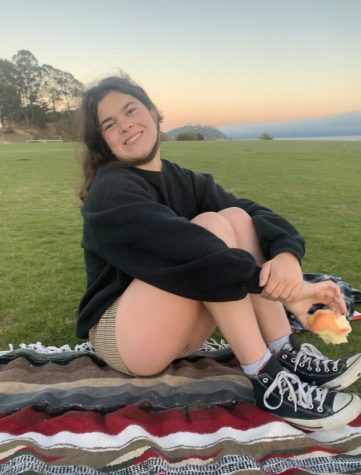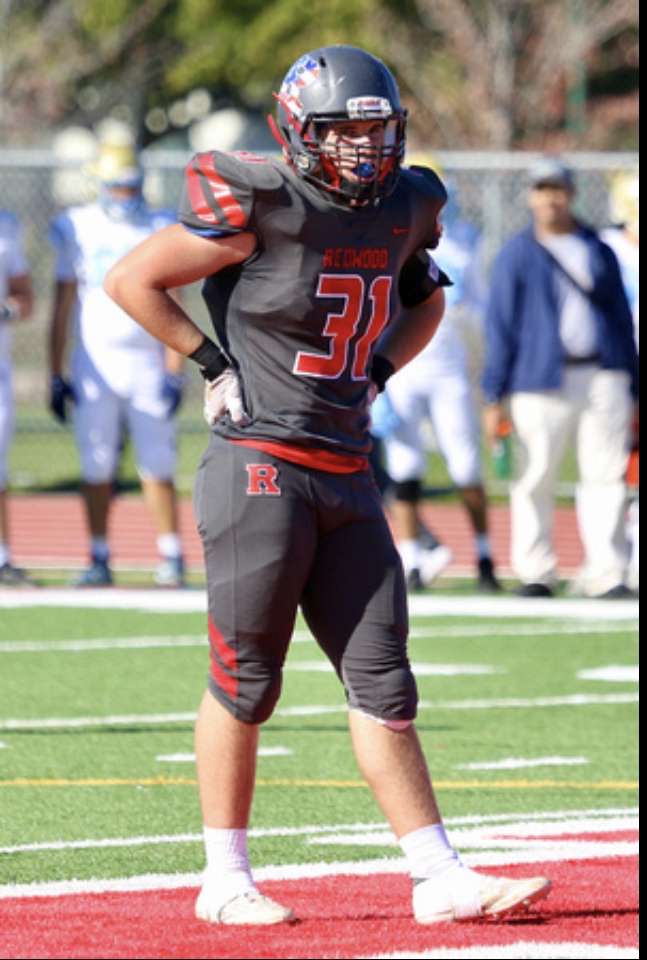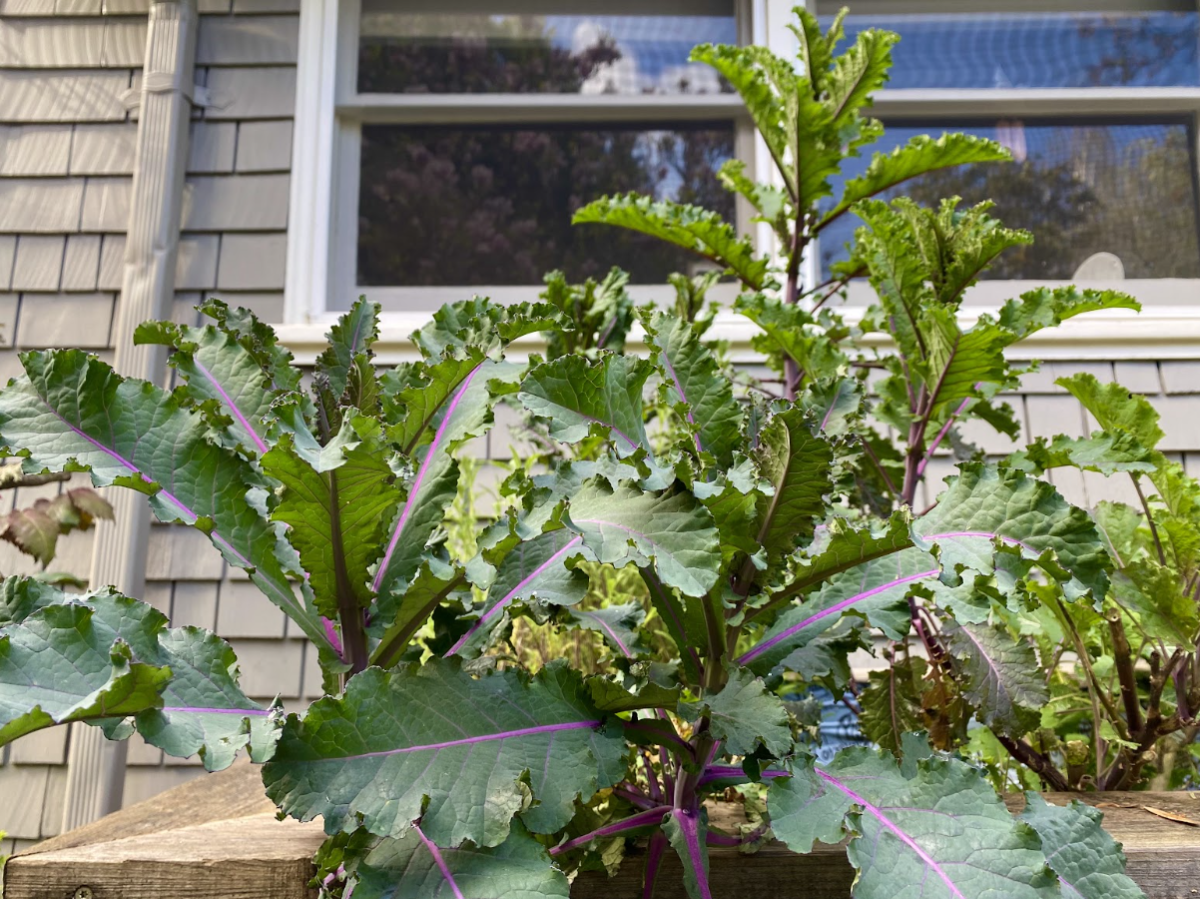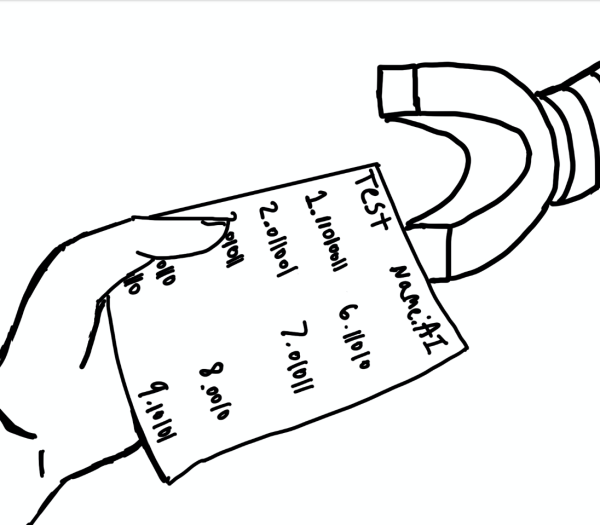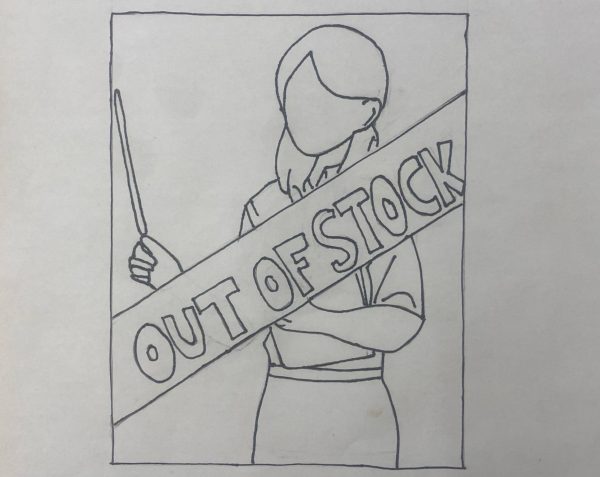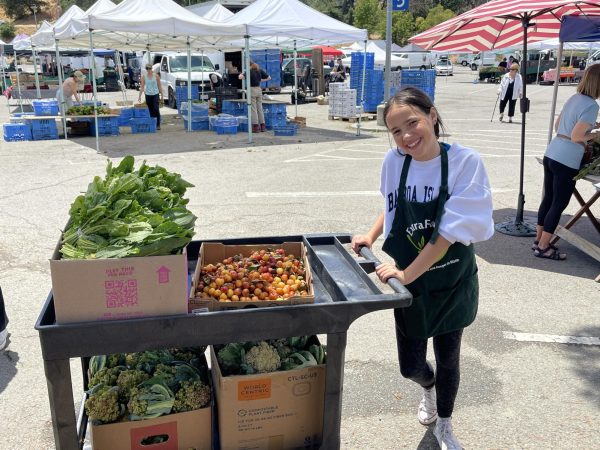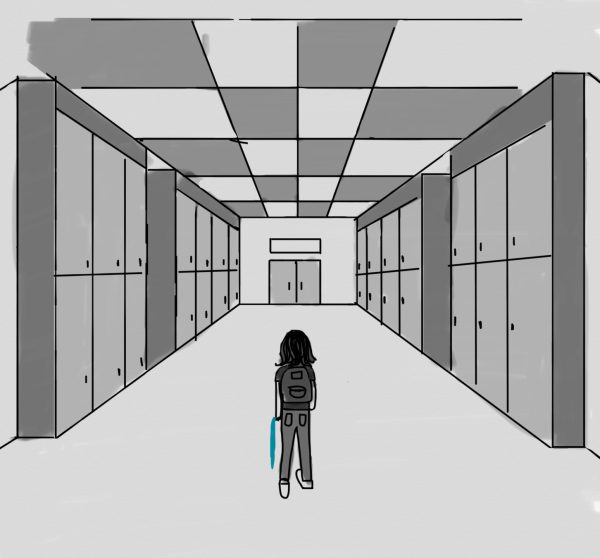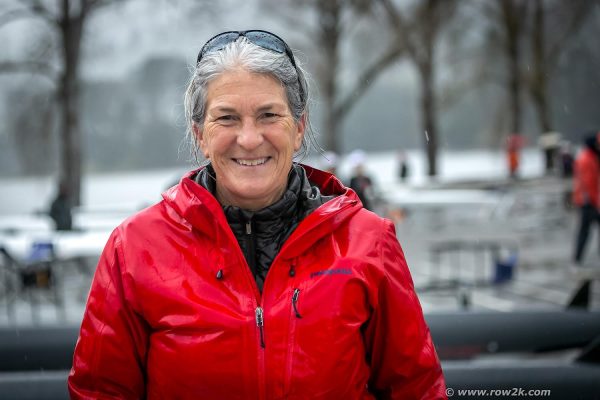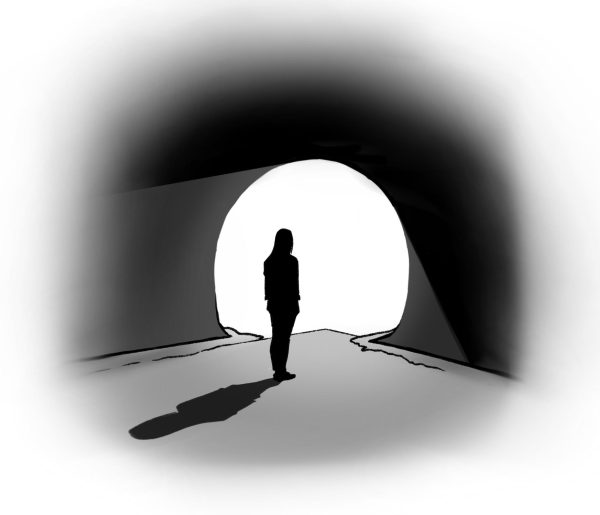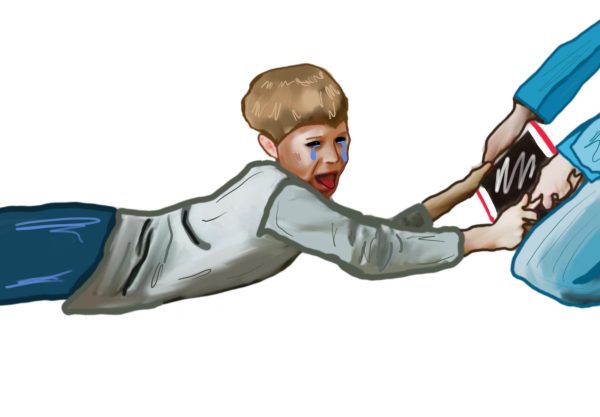Housing first, rehabilitation second: perspectives on homelessness in Marin
December 11, 2020
Marin is known by many for its picturesque views, tight-knit communities and wealthy residents, but underneath the discernible affluence is a pressing issue that even some long-term residents of Marin County may not have noticed. Homelessness is a perpetual humanitarian issue that exists in many Marin communities. While some locals may lack awareness of this situation, the Marin County Board of Supervisors, a five-member legislative and executive body representing different districts of the county, certainly does not.
Supervisor Katie Rice of District 2 — which includes Ross, Kentfield, Larkspur, San Anselmo, Fairfax and some parts of San Rafael — considers homelessness to be a county-wide issue. Due to the high visibility of homelessness in parts of Rice’s district, she works towards getting unprotected residents under a roof as soon as possible.
“I have always believed that [homelessness] is a really important issue, and I have wanted to be involved in trying to address it,” Rice said. “Not so that constituents or residents aren’t bothered by homeless [people] on the streets, but [so] folks who are some of our most vulnerable people [are] housed because it is a health and human issue.”
Rice and other policymakers for the city of San Rafael began working together to find the best practices to reduce homelessness, with help from organizations such as the St. Vincent De Paul Society, Ritter House and Homeward Bound of Marin. According to The Marin County Homeless Count and Survey Report, in 2019 San Rafael and Central Marin recorded the two largest populations of unsheltered people in Marin with 161 people in San Rafael and 277 people in Central Marin. After looking at several programs across the Bay Area that have been successful in helping people combat homelessness, the team of county officials found that “housing first” is the most effective practice.
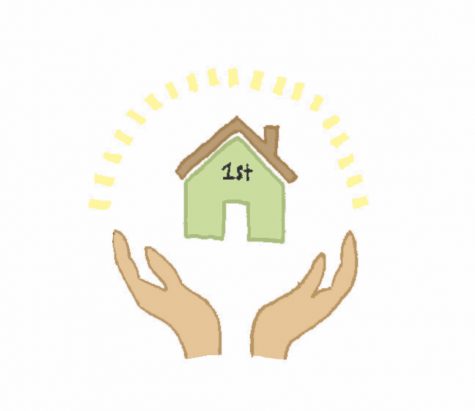
According to Rice, the philosophy aims to get people under a roof before working on other personal issues such as addiction, mental health and hygiene.
“You don’t try to get them cleaned up right before you get them into housing… you work on those other issues at the same time, because housing is the key foundation to getting people stabilized and on their feet,” Rice said.
Ever since the enactment of this system, non-profit organizations that provide a variety of resources and services for the homeless in Marin have had to align their work with a new concept called “coordinated entry,” which helps county officials create a profile for those who need the most care. The Marin County Department of Health and Human Services (HHS) and Board of Supervisors have permanently housed 162 chronically homeless residents since October 2017.
The Board of Supervisors is not the only group that supports the “housing first” practice. Ashley McIntyre, the homelessness policy analyst for the HHS, says that part of her job is to help members of the community see the effectiveness of the shelter-prioritizing practice. According to McIntyre, substance use goes down, mental health improves, employment rates go up and income increases as a result of this procedure.
HHS saw a 28 percent decrease in acute homelessness in Marin between 2017 and 2019, according to McIntyre, who has been involved with homelessness policy work for almost 12 years. Though she has worked in several locations across the country, her experience in Marin has been a unique one specifically because of the county’s abundance of wealth.
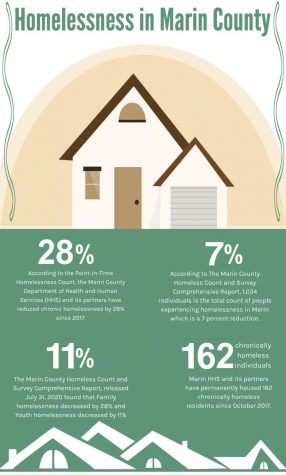
“I think [people] in a lot of Marin communities do not even recognize that we have an issue with homelessness here. I think that’s particularly true in Southern Marin because it’s not as visible,” McIntyre said.
Helping others recognize homelessness in Marin is just one of many challenges that McIntyre strives to address through her work.
Another important aspect of her work is demonstrating the benefits of this methodology despite the preconceived ideas that some local residents have about homelessness. Through community input, Supervisor Rice has heard many similar concerns nearby homeowners who were hesitant to follow through with recent plans to convert the America’s Best Value Inn on Casa Buena Drive in Corte Madera into a long-term housing property for the homeless.
“People in the neighborhood are afraid [that] if they have homeless folks living near them, [it] is going to reduce the property values or make the community unsafe or bring crime,” Rice said.
On the other hand, a twenty minute drive across the Golden Gate Bridge is all it takes to see the stark differences between homelessness in San Francisco and homelessness in Marin. Although San Francisco is known for having one of the largest homeless populations in the country, the city is also home to several distinguished organizations that provide homeless individuals with a variety of services to help them build healthy and fulfilling lives.
At The Crossroads is just one notable non-profit organization that specializes in this type of work, specifically with homeless youth. Abby Pennington, a supportive services counselor who works for At The Crossroads, believes that the lack of affordable housing in San Francisco plays a major role in contributing to homelessness.
“San Francisco is the most expensive place to live in the United States. It has the highest rent. Most folks are not necessarily buying a home, but even renting-wise, a studio can be up to $2,500 per month, which is an incredibly expensive amount,” Pennington said.
Throughout her career, Pennington has noticed many flaws in the ways that Bay Area policymakers address homelessness and how people think about solutions to homelessness.
“People tend to talk about how much it costs to ‘fix’ homelessness. How much does it cost to build a new shelter? How much does it cost to build an affordable housing unit and why am I still seeing people outside?” Pennington said.
Rather than thinking about how much it will cost to “fix” someone experiencing homelessness, Pennington encourages people to think about how communities can invest in supporting those in need of care in a humane and equitable way.
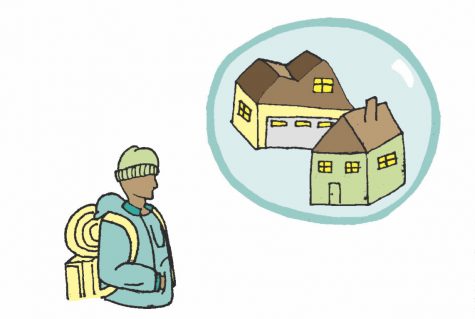
“We have a lot of long-term relationships with folks and it’s an honor to be let into people’s lives for that long and be a part of the highs and the lows. I think that gives us a unique perspective on how to support people experiencing homelessness, because sometimes people can stop experiencing it and then experience it again later on,” Pennington said. “If we don’t focus on what happens in the five years after [housing], then we’re not really getting a full picture of how we’re supporting them.”
According to Pennington, people can support those experiencing homelessness this holiday season by donating and or purchasing the winter clothing items listed on At The Crossroads’ Amazon wish list. Marin residents who are looking to improve the lives of the homeless in their communities can also do so by donating money to local organizations such as Homeward Bound of Marin and St. Vincent de Paul Society.

